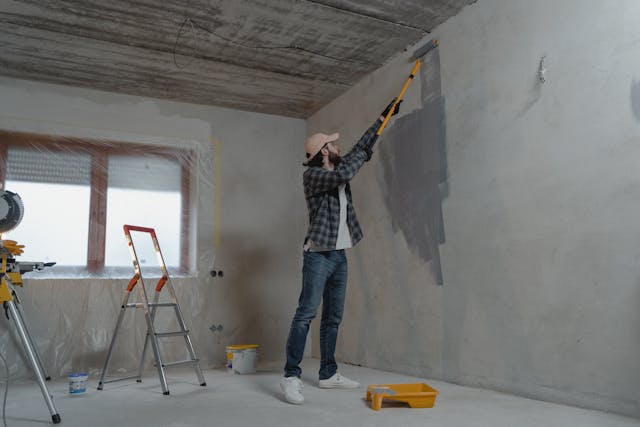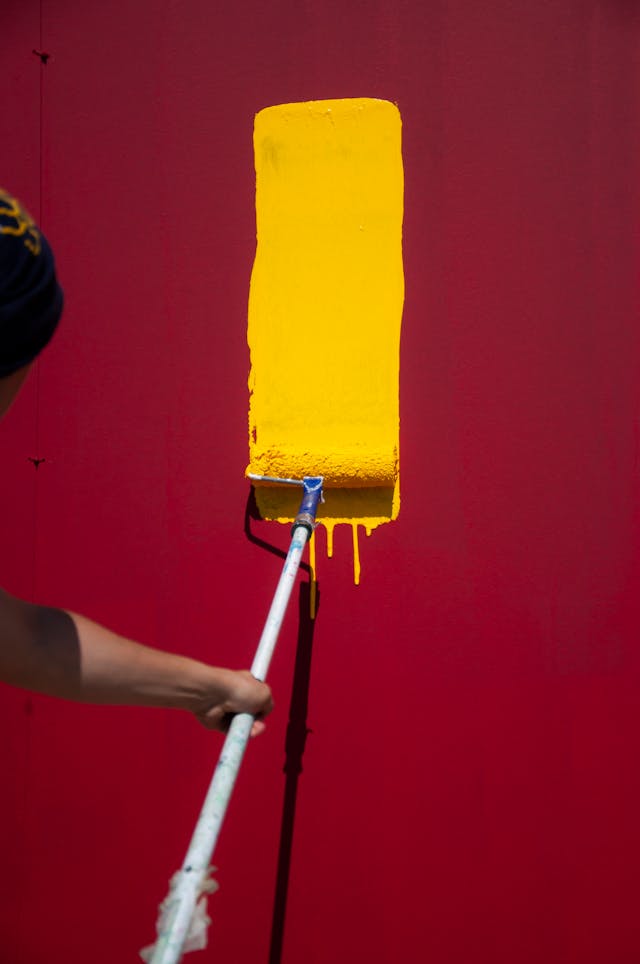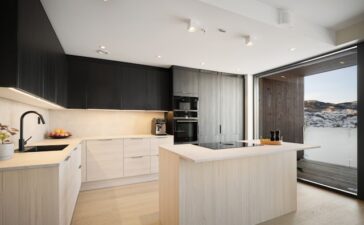Renovating your house doesn’t necessarily mean starting from scratch. Occasionally, revitalising your area just requires a new layer of paint. Internal home painting may be a great way to improve any room’s aesthetic appeal or create a cosy and welcoming ambiance. Selecting the appropriate colours and finishes for your house may enhance its design while preserving its distinct character on the Northern Beaches, where modern living and seaside charm collide.
Are you prepared to let your imagination go wild? Let’s explore how to transform those empty walls into a work of art that speaks to you and every visitor to your house. This tutorial will assist you at every stage, from choosing the ideal colour scheme to applying that flawless finish!
Advantages of Painting the Interior of Your House
Painting the inside of your house has several advantages beyond just aesthetics. A significant benefit is the capacity to revitalise and renew living areas. The ambiance of a space may be quickly improved with fresh paint, appearing lighter and cosier.
Painting also gives you a chance to exhibit your own flair. With so many colour possibilities at your disposal, you may design an atmosphere that reflects your personality or goes well with the décor you already have.
Considerable practical advantages are also present. New paint may shield walls from deterioration and lessen the effect that life has on them. If outdated paints that can contain toxic materials are replaced, it might even assist to enhance indoor air quality.
When done well, internal house painting northern beaches may raise the value of your house since aesthetically pleasing rooms draw in prospective buyers and improve their marketability.

Selecting the Proper Paint Type and Colour Scheme
Selecting the ideal colour palette is essential to creating the proper atmosphere in your house. Think about the function of every room. While vivid hues may liven up a living area, soft, tranquil tones are ideal for bedrooms.
Consider how colour is impacted by natural light throughout the day. Cooler colours may work well in a bright area, while warmer colours could make a gloomy room seem more inviting.
Paint types should be chosen with durability and finish in mind. While matte paints conceal flaws, they are less washable. Higher stain and scuff resistance is provided by satin or semi-gloss finishes, which make them perfect for high-traffic areas like corridors.
Before making a commitment, remember to test samples on your walls! Apply paint swatches where you’ll see them the most, since they might appear differently in different lighting. This guarantees that long after the brushes are put away, you’ll be pleased with your decision.
Setting Up Your Area for Painting
Setting up your area for painting is crucial to getting beautiful results. First, remove any furniture and valuables from the room. This will provide an open workspace for them to work in and shield them from paint splatters.
To catch any drips, cover the floors next with old sheets or drop cloths. Painter’s tape may be used to guarantee clean lines and a professional finish by taping off edges around windows, doors, and trim.
Remember that walls also need maintenance. Spackle any holes or cracks, and once it dries, sand the area smooth. A fast wipe down of the surfaces gets rid of any oil or dust that might impede adherence.
Arrange all of your tools, including trays, rollers, and brushes, so they are easily accessible. Maintaining organisation throughout the painting process not only saves time but also ensures a seamless transition of your home’s interior.

Advice for a Finish That Looks Professional
The proper methods and attention to detail are needed to achieve a polished finish. Start by using premium rollers and brushes made specifically for the paint kind you’re applying. Get painter’s tape to draw crisp lines around corners for a polished finished product.
To avoid lap lines, paint with lengthy strokes and keep the edge moist. For an even application, this requires overlapping each stroke while the paint is still wet. Take your time; it will be worth it to get that perfect look.
For even coverage, use a paint sprayer if you’re painting big surfaces or have textured walls. Just keep in mind that if you’re new to spraying, practise first on scrap material.
Allow everything to thoroughly dry before rearranging furniture for rehanging decorations. This makes sure that during reassembly, none of the hard work you’ve put in will show.
You’ll be well-equipped to employ interior home painting in the Northern Beaches to tastefully remodel your area if you keep these pointers in mind!





